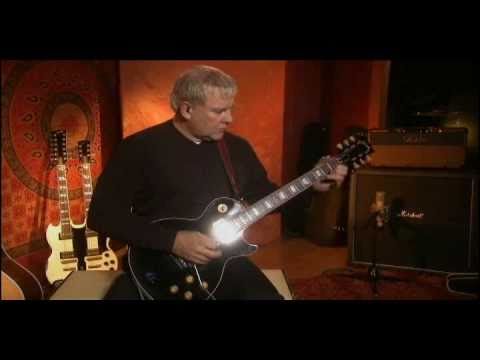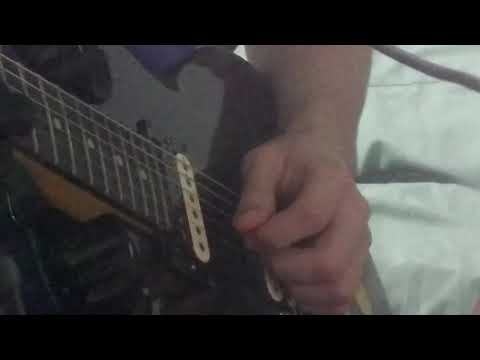That’s a great story – in the “Making of…” – they’re on a small plane Alex is flying, going home to Toronto, and the tower is putting out the Morse code for YYZ (Toronto’s airport code), with Geddy and Neil in the back saying that that’s a cool rhythm, which they incorporate as the rhythm of the triangle and the intro riff at the head. I never knew that.
Only Rush could turn an instrumental into a literal tribute to their hometown!
Y - . - -
Y - . - -
Z - - . .
So at the end (9:31 in the “Making Of” video), it’s - - . - - - . (they don’t play the spaces in the YYZ code, either).
Of course, I had to look up the combinations. I know, it’s a very “Rush fan” thing to do:
I got a few interesting ones (really, I was hoping they spelled out their initials – G - - . N - . A . - or something, which they ALMOST do).
The best I could do is that they spell out GTG: --. - --.
“Got to go,” right before the end of the song. You know, because Rush was decades ahead of Blackberry/cell phone “TXT coding.” Coincidence, or…prophecy?






